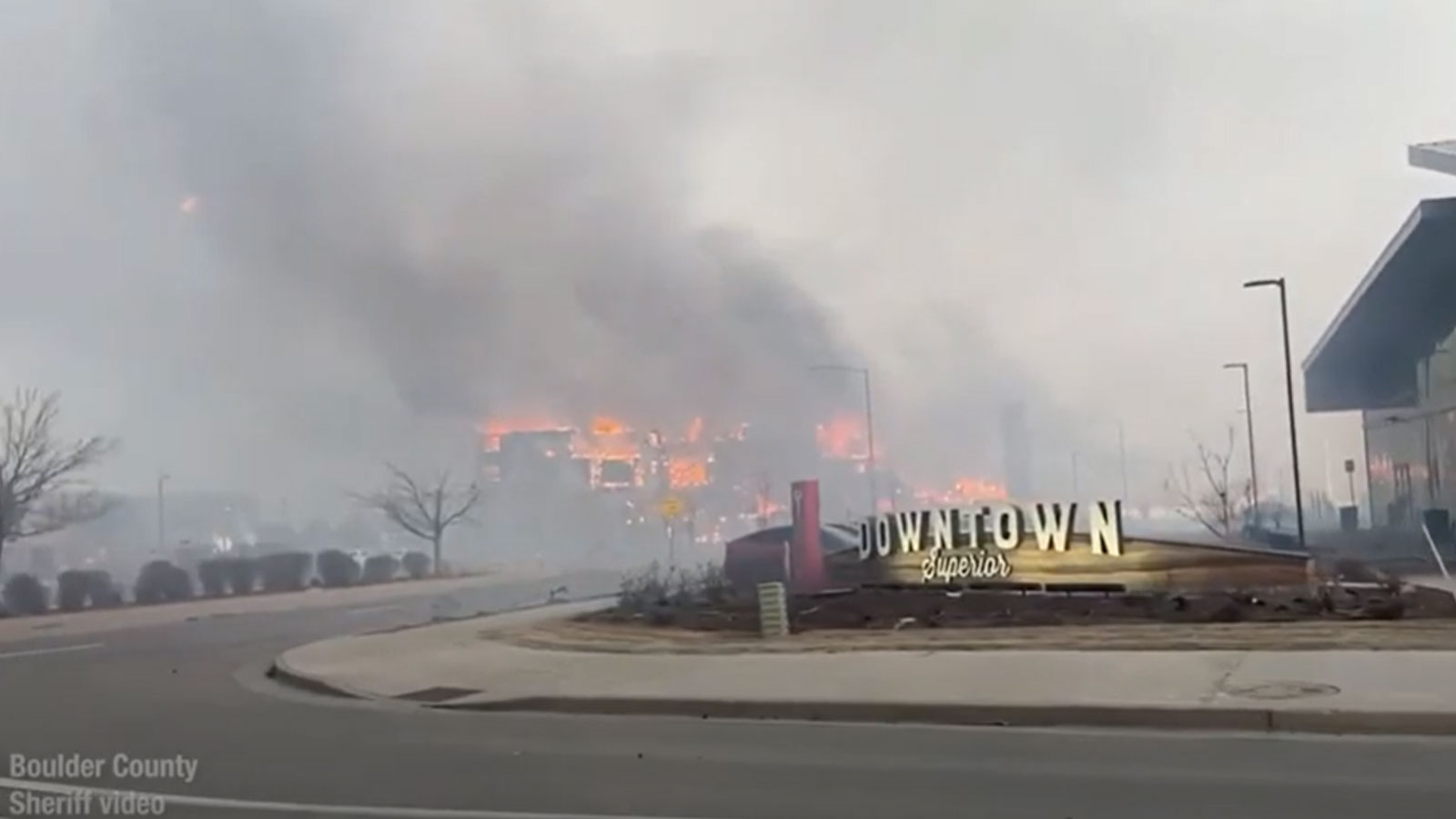“When push comes to shove, what will eat your lunch is not that additional 1 degree of warming. It’s the fact that your house has burned down, it’s the fact that your house washed away, or your town washed away.”
Those words come from climate scientist Scott Denning, raising a question of messaging to the public on climate change issues. They come also after the severe wind-blown December 30 fires that savaged communities around Boulder, Colorado. To the wider world, hose fires now seem long-gone, preempted by even more recent extreme weather events and other headline grabbers.
But a drive in early February through nearby Boulder communities of Louisville or Superior reinforces how the impacts long-outlive the severe immediate damages from such natural disasters.
In the current “This is not Cool” video by independent videographer Peter Sinclair exclusively for Yale Climate Connections, Denver KMGH Chief Meteorologist Mike Nelson explains how he told viewers on December 30, the date of the fire, that the conflagration “did not occur in a vacuum.” He pointed out in that broadcast that the Colorado Front Range had gotten only about one inch of precipitation over the preceding seven months. Other Colorado-based experts interviewed in the video confirm the “extreme drought conditions” throughout December, in contrast to the 15 to 20 inches of snow generally expected that time of year.
Denning points to three necessary conditions for such a disaster: 1) fuel; 2) the fuel itself – limbs, leaves, trees, etc. – must be dry and “ready to burn”; and 3) a spark.
“We’re not short of sparks,” Denning says, pointing to factors such as vehicles, power lines, arson, and more. So “it’s a roll of the dice” in terms of wind conditions and speeds.
Commenting that some occurrence of natural disasters is to be expected, ABC News Chief Meteorologist Ginger Zee says it’s not causation but “the amplification of those natural disasters” that makes the connection to climate change. Colorado Assistant State Climatologist Becky Bolinger says that in the state’s semi-arid climate, higher temperatures and intensified droughts are making wildfires “more likely, more severe, and more violent.” So much so, according to climate scientist Daniel Swain of the Boulder-based National Center for Atmospheric Research (NCAR) that within just 20 to 30 minutes of the start of the raging fire, it had become “an urban conflagration” leveling parts of the nearby Boulder communities.
Source link


